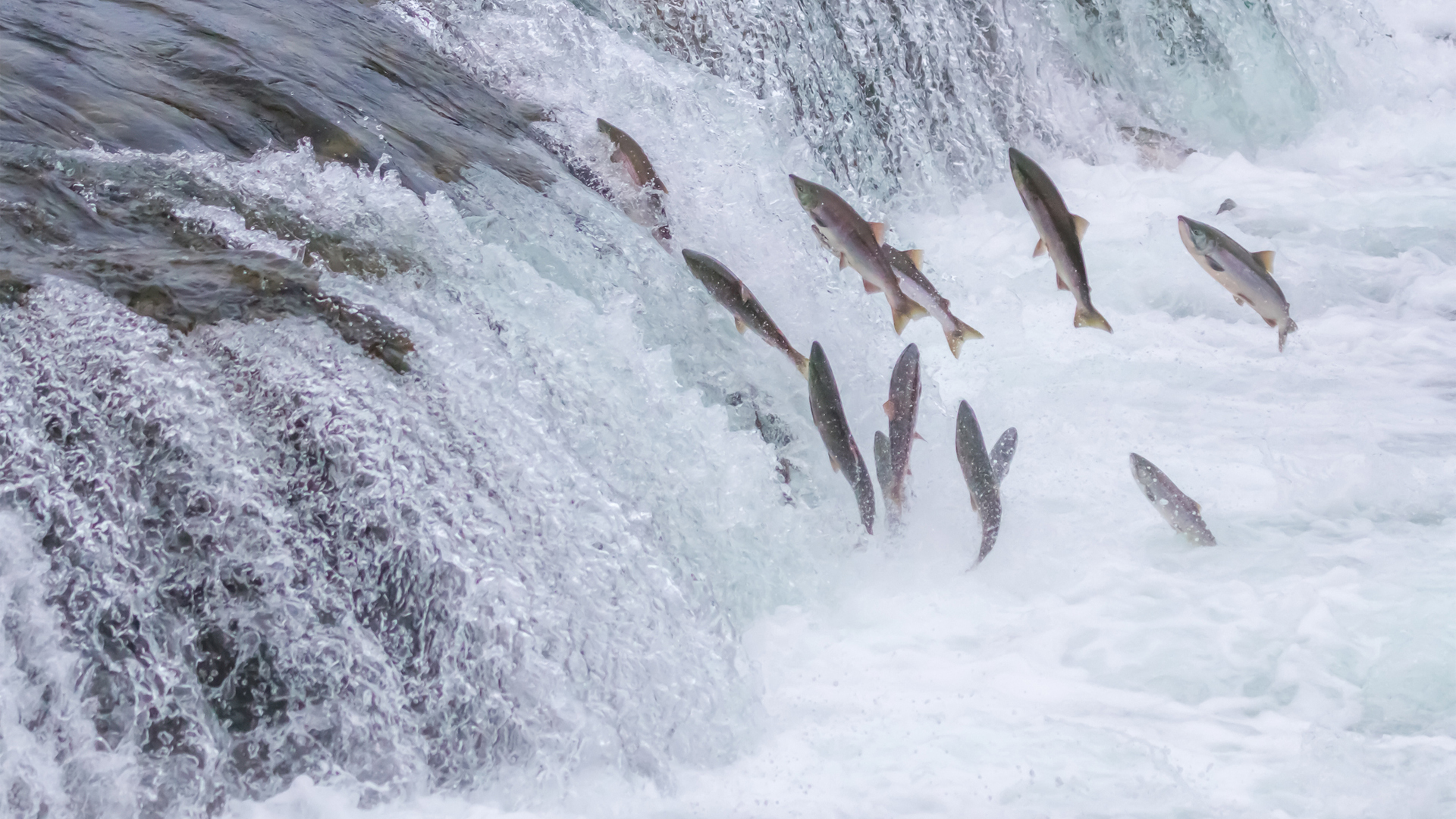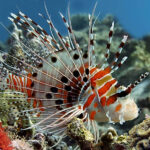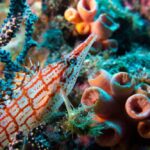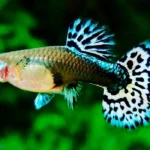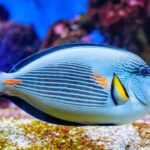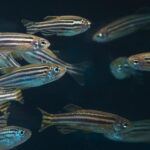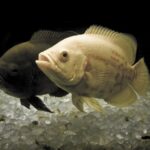A Journey Like No Other
Migratory Fish The salmon journey is one of nature’s most spectacular events.
Unlike all other fish, salmon have a life cycle involving grand migrations from freshwater streams into expansive ocean waters and then home again. Journey of Salmon
Instinct, survival, and reproduction drive their grand adventure.
Migratory Fish For centuries, salmon have represented tenacity, power, and the tenuous link between land and sea.
Migratory Fish This piece takes you through the complete cycle—birth, migration, adulthood, and the risk-laden return to their birthplace.
From the biology that accompanies their migration to the environmental pressures they experience, migratory fish—let’s delve in-depth into the life journey of salmon.
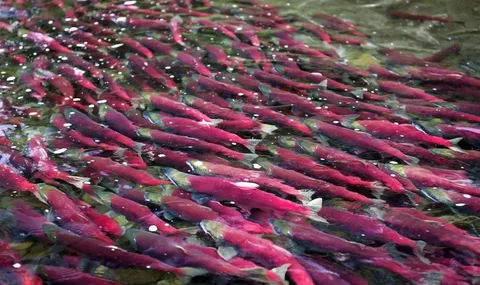
The Life Cycle of Salmon: Step by Step
Spawning
Migratory Fish
Fertilization is external—females deposit eggs, and males discharge sperm over them.
Following spawning, most salmon perish (semelparity), their bodies enriching the stream environment.
Egg Stage
Migratory Fish
Eggs are deposited in late autumn and are buried in the gravel over winter.
Slow development is assured by cold water, a survival technique.
Migratory Fish Few eggs survive to hatch. Weak points are sedimentation, pollution, and water flow interference.
Alevin
Late in spring, eggs hatch out as alevin—very small fish still attached to yolk sacs.
Alevin are still in the gravel and are subsisting on the yolk sac for several weeks.
They are very susceptible to water quality and temperature changes.
Fry
When the yolk sac is absorbed, the salmon are fry and swim up from the gravel.
They start to feed on tiny insects and zooplankton at this stage.
Survival is dependent on cover, clean water, and plenty of food.
Some species migrate at once; some remain in freshwater for longer.
Smoltification
Smolts undergo a dramatic transformation to prepare for life in saltwater.
They develop a silvery color to blend with open ocean waters. Migratory Fish.
Physiological changes include adjustments in kidney and gill functions to handle saline water.
This is a critical stage—if smoltification fails, they cannot survive in the ocean.
Parr
Fry develop vertical markings on their sides, called parr marks, which act as camouflage.
Parr can last from a few months to a couple of years, depending on the species. Migratory Fish.
Parr becomes stronger and more adept at predator avoidance and starts to sense environmental cues for migration.
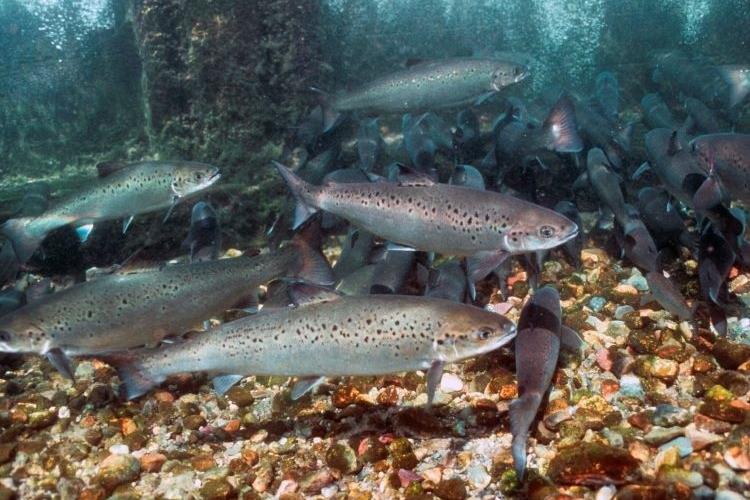
The Ocean Odyssey
Once they reach the ocean, salmon travel vast distances, sometimes thousands of miles.
Migration routes are still partially mysterious but often involve looping circuits through major ocean currents.
They feed aggressively on small fish, squid, krill, and other prey to build energy reserves.
Salmon grow rapidly in the ocean—some species doubling in size every few months. Migratory Fish.
Time at sea varies:
Pink salmon: 18 months.
Chinook salmon: up to 7 years.
Their time in the ocean shapes their size, health, and ability to return.
After growing to adulthood, salmon feel an instinctual pull to return to their birthplace.
Scientists believe salmon use a combination of.
Magnetic orientation to navigate the ocean.
Obstacles in the Homeward Journey
Migratory Fish
Human-Caused Barriers
Dams block migration routes; only fish ladders or bypass systems offer limited help.
Pollution: Reduces water quality, affects spawning success.
Logging and Construction: disrupt stream habitats and introduce sedimentation.
Climate Change: Alters timing, temperature, and stream flow—disorienting salmon.
Spawning: The Final Act
Upon reaching their natal stream, salmon undergo physical changes:
Color changes—some turn bright red or green.
Males develop hooked jaws and enlarged teeth.
They often stop eating, focusing all their energy on reproduction.
The final days are grueling—they fight for territory, dig redds, and spawn.
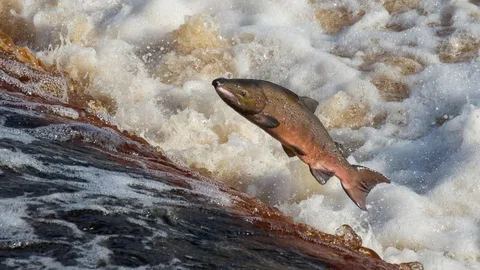
Ecological Role of Salmon
Keystone species—vital to the health of entire ecosystems.
Nutrient cycling: Their carcasses bring marine nutrients into freshwater ecosystems.
Forest growth: Trees near streams grow faster from salmon-fertilised soil.
Food source: Salmon feed over 100 species, including wolves and orcas.
Indigenous communities rely on salmon for cultural and nutritional needs.
Innovative Solutions and Hope
Dam Removal
Restores natural river flow and opens historic spawning grounds.
Fish-Friendly Infrastructure
Improved fish ladders, tunnels, and bypass systems aid migration.
Stream restoration projects mimic natural spawning habitats.
Salmon Farming Reform
Focus on sustainable aquaculture practices.
Reducing disease spread, pollution, and escapes into wild populations.
Climate Action
Protecting cold-water habitats and adjusting management plans.
Investing in research on resilient salmon strains.
Community Involvement
Indigenous co-management of fisheries shows success.
Citizen science and education build local stewardship.
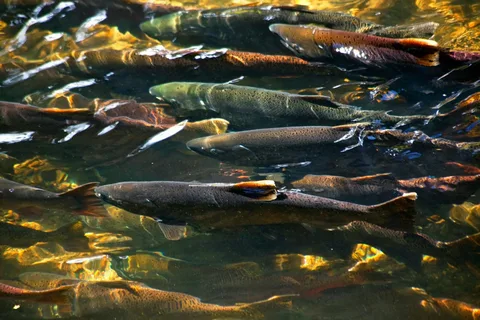
Conclusion
From the quiet gravel of a cold mountain stream to the roaring waves of the Pacific Ocean and back again, the salmon’s journey is nothing short of miraculous. Migratory Fish It’s a cycle driven not by choice but by instinct—hardwired in every scale and heartbeat.
From the quiet gravel of a cold mountain stream to the roaring waves of the Pacific Ocean and back again, the salmon’s journey is nothing short of miraculous. It’s a cycle driven not by choice
But by instinct, hardwired in every scale and heartbeat.
Climate change, pollution, dams, and overfishing all threaten their survival as well as the fragile web of life they support. Nevertheless, there is hope. Hope in the breaking of every dam. Hope can be found in each newly restored streambed.
There is hope for every child who learns to marvel at a salmon’s leap. The issue at hand is not whether salmon can survive, but rather whether or not we will allow them to. Because preserving salmon ultimately entails protecting forests, rivers, and ultimately ourselves. The river’s pulse and the journey of the salmon are always linked; neither can exist without the other.
FAQs
How do salmon know where to return?
Salmon are able to return to the stream in which they were born using a combination of oceanic magnetic navigation and olfactory memory (smell). Salmon learn to recognise the chemical signature of each river and stream when they are young.
Do all salmon die after spawning?
Semelparity refers to the fact that the majority of Pacific salmon species, including Chinook, Sockeye, and Coho, die after spawning. Atlantic salmon, however, can survive and spawn more than once, though it’s rare due to the energy demands of migration.
How far do salmon travel during their migration?
Atlantic salmon, however, can survive and spawn more than once, though it’s rare due to the energy demands of migration.
What are the biggest threats to migrating salmon?
Dams that restrict migration routes
Warmer rivers as a result of climate change have disrupted stream flow.
pollution from urban runoff, mining, and agriculture.
Overfishing and habitat destruction as a result of logging or development.
